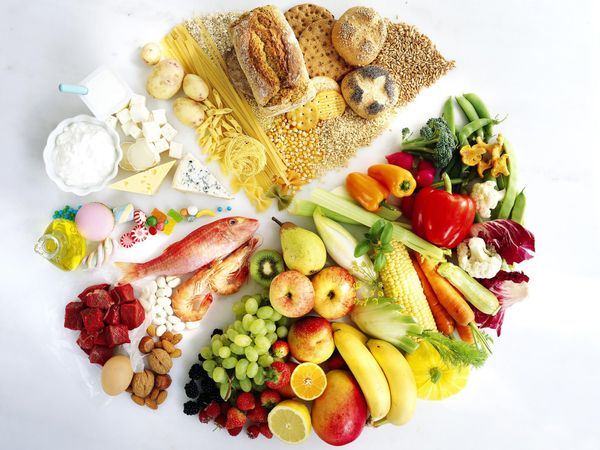Italians call it “olio d’oliva” – oil of the olive. And their rich use of olive oil may be one of the secrets to the renowned health benefits of the Mediterranean diet.
One stop on our recent trip to Italy was at the Santa Tea Olive Mill in Reggello, a small community in Tuscany that produces 700 different types of olive trees.
What makes a good olive oil? Our Swiss-born guide, Belle, said it starts with the soil (sandy) and higher altitude (fewer insects). And it ends with the way the oil is extracted from the fruit. (Yes, olives are fruits, although nutrition experts consider them healthful fats.)
Nutritionally, the benefits of olive oil are two-fold. First, most (up to 83%) of the fat in olive oil is the monounsaturated type. According to the American Heart Association, our hearts benefit when we eat foods rich in monounsaturated fats – such as olive oil – in place of more solid saturated fats.

Olive oil is also abundant in antioxidant compounds called polyphenols. Experts say these anti-inflammatory substances may help prevent the development of various diseases, including cancer and heart disease. Polyphenols have also been shown to boost our immune system.
How olive oil is produced affects its nutritional qualities since nutrients and antioxidants are found in the skin and flesh as well as the pit. This Tuscan facility crushes the entire olive and kneads it into a puree. Everything then goes into a centrifuge where the oil is gently separated from the rest of the mixture.
What comes out, Belle explains, is “our green gold.”Oil obtained by this method at a temperature that does not exceed 80F (27C) is classified as extra virgin olive oil. According to a 2018 review in the International Journal of Molecular Science, extra virgin is more expensive but it contains the highest level of beneficial polyphenols.
By the way, the term “cold pressed” is now giving way to “cold extracted” since the old way of squeezing the oil out of olives has largely been replaced with separating it with a centrifuge.
What else did we learn? Green, purple and black olives are from the same tree. Their colour and intensity of taste has to do with the maturity of the fruit.
As we tasted the varieties of olive oil at the end of our tour, our hostess offered these last bits of advice:
“Always use extra virgin olive oil.” Virgin has to do with low acidity and other tasteful characteristics of olive oil set by the International Olive Council.
“Look for oils that are produced and bottled by the same company.” That is one way to find a good quality oil.
“In Tuscany,” Belle concluded, “they say, ‘One spoon of olive oil a day and you don’t need a doctor. In Switzerland, we say, ‘An apple a day keeps the doctor away. So I eat both every day.”
Source: https://www.gulf-times.com/story/643507/Lessons-on-olive-oil
More on Nutrition & Weight Loss






Leave A Comment
You must be logged in to post a comment.